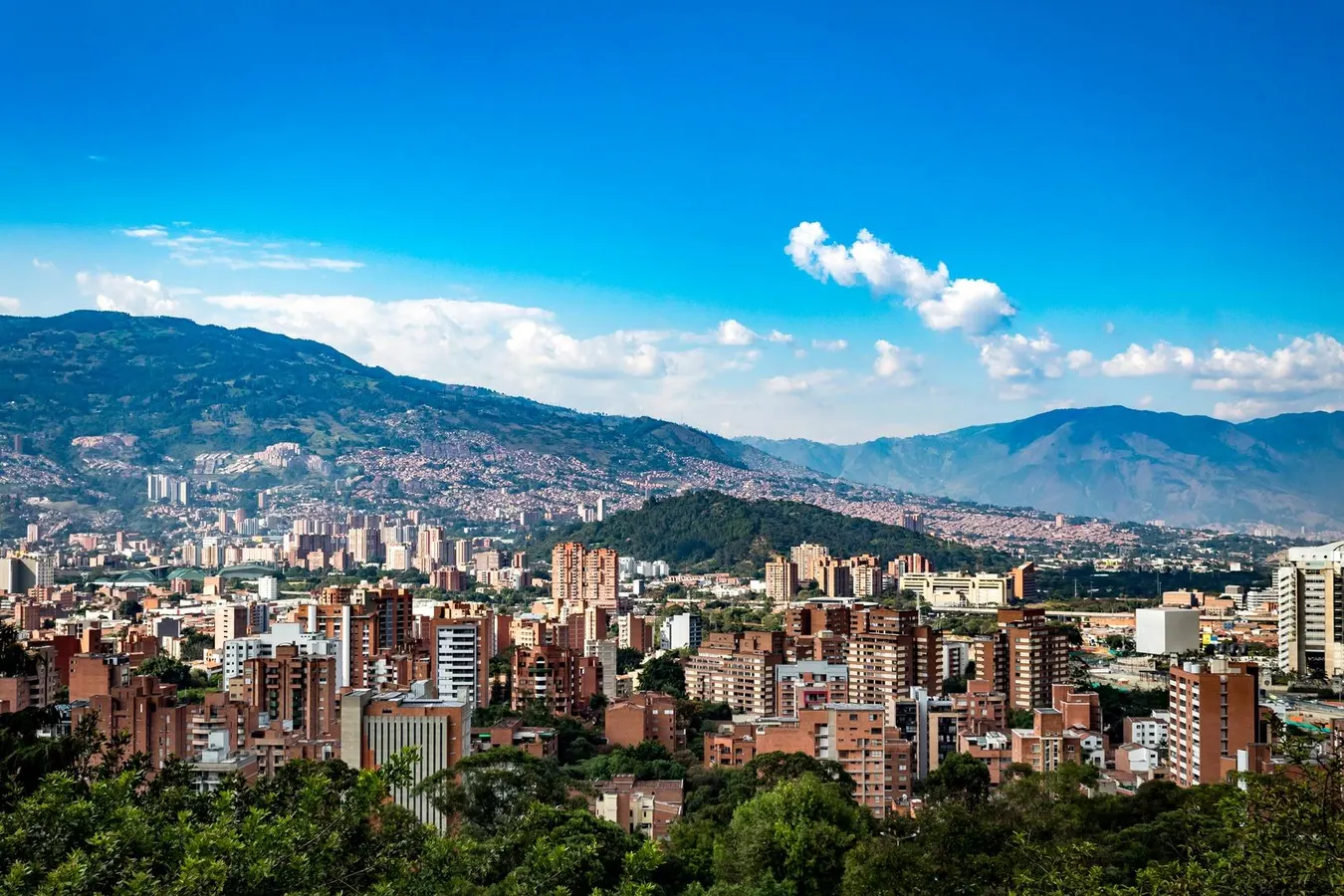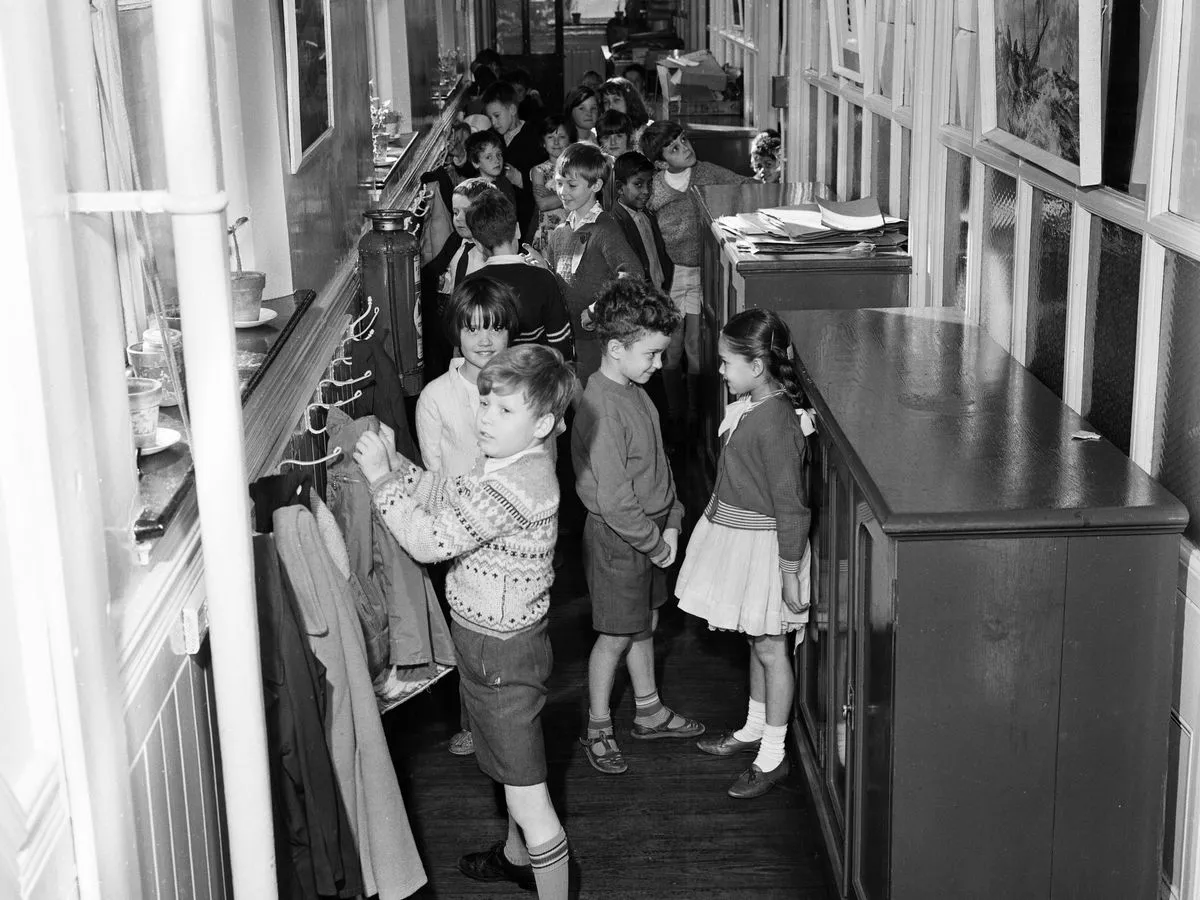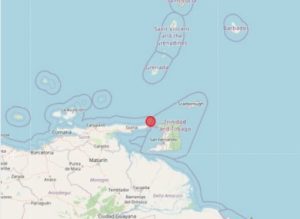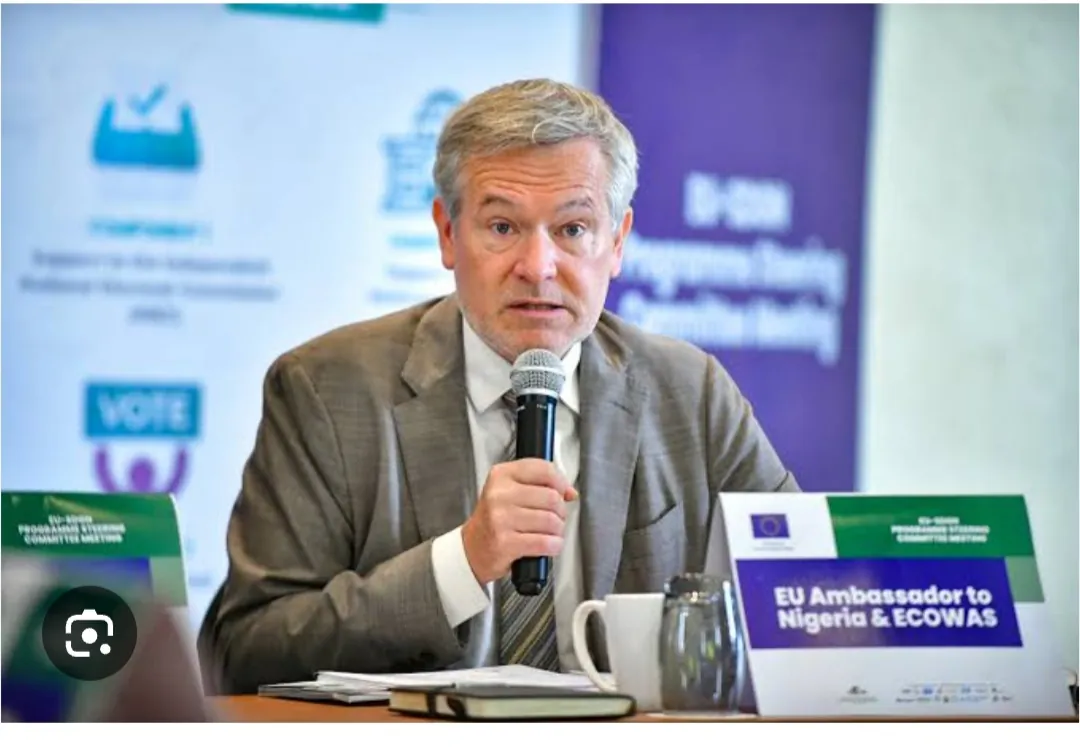Copyright forbes

Medellín, Colombia was named among the best places to travel in 2026 by National Geographic. As travelers look ahead to a bustling holiday season, leaders across the tourism industry are setting their sights on 2026, revealing their predictions for the year’s most exciting destinations, with a few surprises in store. Among 25 standout locations spanning six continents, National Geographic’s Best of the World 2026 list offers an early look at emerging hotspots, with one Latin American city turning heads: Medellín, Colombia. Medellín joins dream destinations like South Korea, Italy’s Dolomites, and Spain’s Basque Country on National Geographic’s carefully vetted list, a curated selection of destinations that goes beyond bucket list appeal. Though many still associate Medellín with its past, the city’s inclusion here signals something deeper: it is solidly rooted in its future as a hub of innovation, art, culture and cuisine that travelers won’t want to miss. Pueblito Paisa, located on Medellín's Cerro Nutibarra, is a modern replica of a typical Antioquia town. Every year, travel media outlets unveil annual lists of must-visit destinations but the thoughtful vetting process behind National Geographic’s list sets it apart and makes Medellín’s inclusion that much more exciting. "Best of the World is the result of months of collaboration across National Geographic’s global editorial network," said editor-in-chief Nathan Lump, who explained that the process took "nearly a full year from start to finish." "Submissions come from staff and contributors working in more than 50 countries, including travel editors, photographers, writers, producers and researchers. Our in-house editorial team reviews ideas collectively and refines the list through research, conservation, and follow-up visits.” The list comes together with more than just beautiful destinations, but places that offer travelers something deeper, and at just the right time.“[We] curate the list considering a variety of factors including cultural and environmental significance, sustainability, and accessibility, aiming for a diverse group of global destinations that have a timely reason to go now and provide travelers with the opportunity for a deeper, richer travel experience." Medellín's elevated Metro passes by the city's Palacio de la Cultura in Plaza Botero. Medellín’s recognition comes at a time when both the city and the country are seeing rapid growth among international visitors. International arrivals to Medellín have grown an estimated 17.2% this year, while the country as a whole welcomed a record-breaking 7 million visitors last year, a number that it is expected to surpass again this year. "Seeing Colombian destinations featured in prestigious international rankings —including Medellín in National Geographic and Cartagena in Lonely Planet’s lists of the best places to visit in 2026— is a true reflection of our ongoing commitment to showcasing Colombia’s cultural, natural, and historical treasures to the world", said María Camila Castellanos, Executive Director of the U.S. branch of ProColombia, the country’s official promotion agency. "It fills us with pride to see more travelers discovering the beauty and authenticity of our nation, recognizing the transformative power of tourism.” Riding motorcycle in Medellín's Comuna 13. "One of the main reasons we added Medellín to our Best of the World 2026 was its neighborhoods, such as Comuna 13, where street art and performers showcase the vibrancy and resilience of the city," said Lump. Even just 15 years ago, Comuna 13 was defined by violence and controlled by crime. Now, it's a living testament to the power of the arts in transforming places and people, its streets bathed in color and community impacted by projects cultivating dance, music, and design to create opportunity. “We’re proud of the changes we’ve seen in Comuna 13, and the whole city celebrates them,” said Juliana Cardona Quiros, Executive Director of the Greater Medellín Convention & Visitors Bureau, in an interview. “But the transformation of [Comuna 13] is really just a tiny window into how Medellín has transformed. It’s just the start, and there’s so much here now to offer all types of travelers.” Constelaciones, now the largest mural in the city, is another Medellín neighborhood undergoing a transformative process through art. Private and public investments across the city in key sectors like art, culture and technological innovation have all contributed to sparking traveler interest in the city, which in turn has incentivized further growth. A host of new hotels and an Airbnb boom welcome visitors with increasing excellence: earlier this month, Medellín’s Elcielo Hotel & Restaurant even earned a MICHELIN Key, distinguishing it among the world's best hotels. Gastronomy is just as important a pillar of cultural innovation, bringing growing acclaim to the city. The Alcaldía de Medellín’s Medellín Sí Sabe program creates a guide to traditional foods favored across the city, while the innovative spots have garnered international attention, with Sambombi Bistró Local and X.O. named among the best restaurants in Latin America. Mamba Negra and Bar Carmen recently made the annual selection of The World's 50 Best Bars, bringing world-class mixology to the city. Inside the neighborhood of Laureles, one Medellín's most vibrant areas. Laureles was named the best neighborhood in the entire world by Time Out in 2023. The city is so vibrant that visitors aren't just arriving—increasingly, they’re sticking around. Medellín is now among the most popular destinations in the Americas for digital nomads, remote workers who travel for months while working from anywhere. A tapestry of services has sprouted up across the city to cater to longer-term visitors, with groups like Parceros Community creating events ranging from wellness gatherings to networking sessions that bring Colombians and digital nomads together. All that growth in just a few short years can change a city. Though Medellín's growing profile isn't without its challenges, the city’s marked dedication to socially conscious tourism with a more equitable impact is part of what earned it recognition with National Geographic. "We also like to highlight destinations taking proactive, sustainable steps to develop,” said Lump. “For example, the creation of 10 library parks in underserved communities shows how the city is expanding educational and recreational opportunities. Similarly, the ongoing Parques del Río expansion and reimagining of the Medellín River Highway—once a barrier separating the city—is creating playgrounds, sports arenas, and an urban beach." Medellín's annual Feria de las Flores celebrates the age-old tradition of farmers bringing their flowers from the nearby town of Santa Elena into the city. In 2027, the festival will celebrate its 70th anniversary. Perhaps the city’s success in managing growth stems from a grounded commitment to its history and memory, rather than an unfettered determination to blaze ahead. “We always want to make sure that visitors see what makes Medellín, Medellín,” says Cardona Quiros. She cites destinations like the city’s historic Pueblito Paisa on Nutibara Hill and larger-than-life celebrations with decades of history, like the Feria de las Flores, as things the Bureau will always recommend first and foremost, no matter what newest travel trend may be. “Of course we’re always excited about the city attracting more visitors,” she says, “and being recognized on something like National Geographic’s Best of the World 2026 is a point of pride. But we’re not just looking to generate the biggest visitors numbers we can without offering quality. We want to create a quality experience for every visitor to Medellín, so that every visitor leaves a new champion for the city. Tourism in Medellín is our collective effort, and is one we’ll continue to carry forward together.” Editorial StandardsReprints & Permissions



